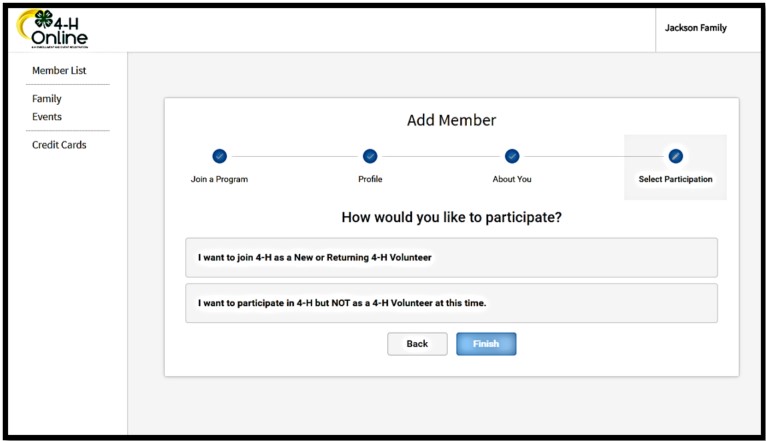Get involved through volunteering
4-H grows true leaders. Our youth pursue their passions, solve problems and tackle everyday challenges. And YOU are the key to their success! Being a 4-H volunteer is satisfying and can positively influence youth ages 5-18. We need adult volunteers to mentor 4-H youth, lead local clubs, and become project leaders. You must be at least 18 years old – or 21 years old to chaperone overnight trips – and pass a criminal background check.
Why volunteer for Missouri 4-H?
Missouri 4-H volunteers make a difference in the lives of young people. Plus, you benefit from being a 4-H volunteer. Missouri 4-H volunteers gain leadership skills and make new community connections while helping youth gain confidence as future leaders. Find out more in the Missouri 4-H Volunteer Impact Study (PDF).
You decide the level of involvement that fits your skills and schedule, such as:
- Lead a community club, school enrichment, or afterschool program
- Be a mentor, lead a project, or be a social media assistant
- Serve as chaperone, board member, or event judge
- Assist with community service projects, teach a skill, or be a guest speaker
Steps in becoming a volunteer
Becoming a 4-H volunteer is not hard; however, it is important to start and complete the steps in a timely manner so that youth are engaged in the 4-H activities they signed up for as soon as possible. Applicants should strive to complete all volunteer application steps by December 1.
